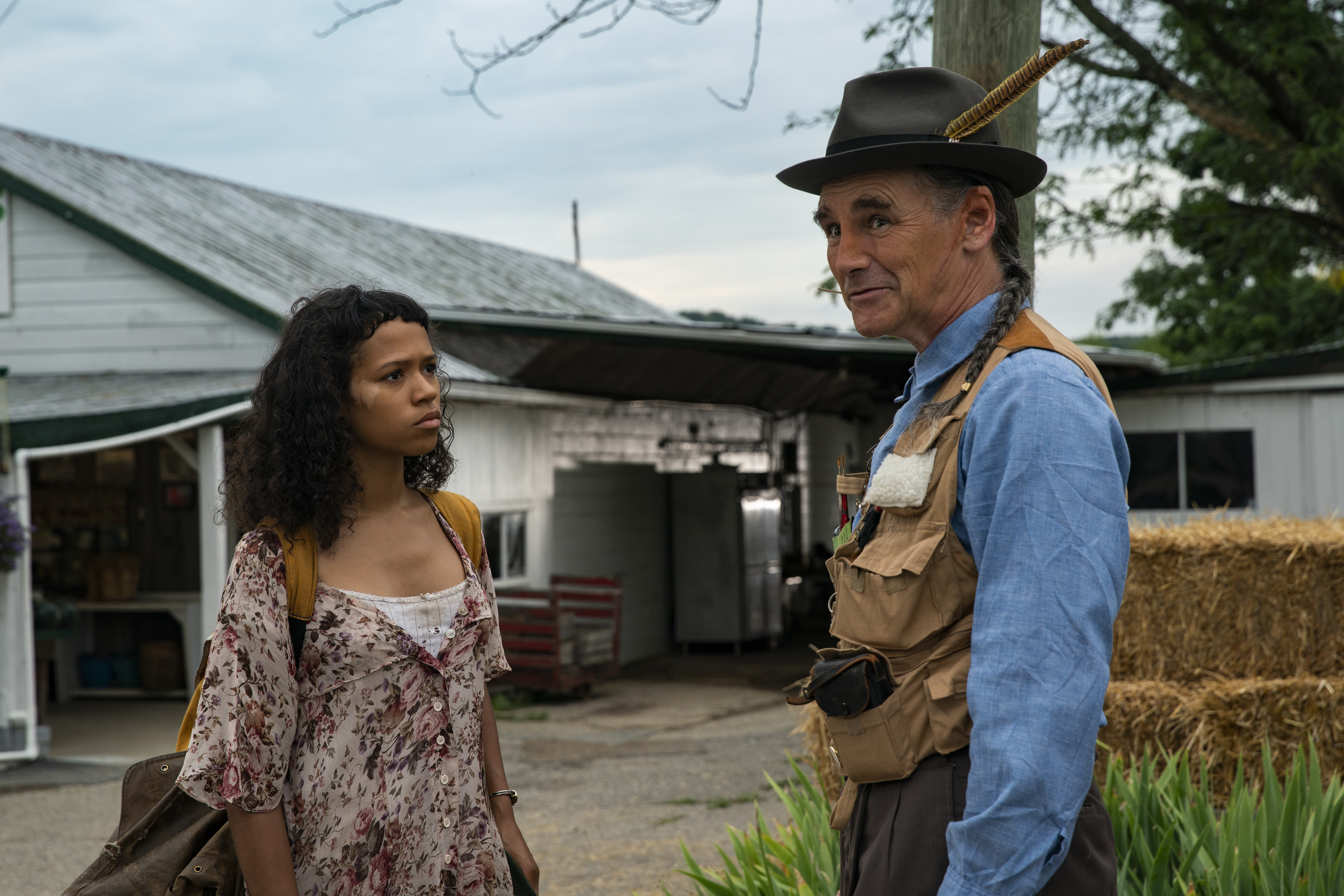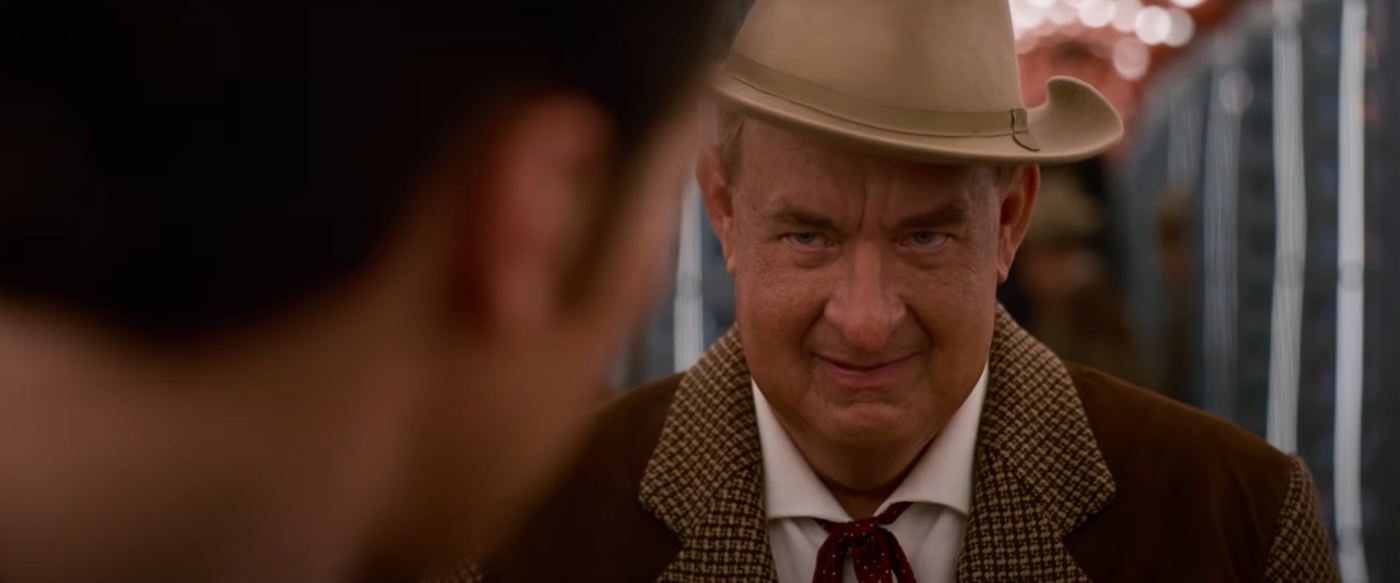Are men in their 60s okay? Tom Hanks and Mark Rylance are better than anyone. In 2022, the Oscar-winning actors delivered the most chaotic performances of the year, perhaps even a couple of the most chaotic performances in cinematic history. In Baz Luhrmann’s busy biopic, Elvis — which feels like a three-hour finale of a Fourth of July fireworks display — Hanks plays Colonel Tom Parker, Elvis Pressley’s manager. Hanks portrays the Dutch-born musical entrepreneur as if he was a muppet. In Luca Guadagnino’s Bones and All, Mark Rylance plays Sully, a lonesome cannibal who speaks in the first person and moves and speaks as if he lives in slow motion. While both actors have shown their range before – Rylance especially, on stage and on screen – these performances are departures from their standard.
For the unacquainted, a chaotic performance is a completely unfiltered display of skill. Sometimes it’s good, sometimes it’s bad: some people argue that Hanks’ performance in Elvis is bad. They are wrong. Some examples of chaotic performances include anything Willem Dafoe has ever done, Pedro Pascal in Wonder Woman: 1984, and Vanessa Hudgens in The Princess Switch franchise (and in real life). A chaotic performance is unpredictable: every moment the actor is on screen, you’re on the edge of your seat, palms sweating, wondering what they’re going to do next. Often, the performance doesn’t feel like it’s coming from the person you’re familiar with: Tom Hanks in You’ve Got Mail is not the same as Tom Hanks in Elvis. Mark Rylance in Bridge of Spies is not the same as Mark Rylance in Bones and All. From seasoned, familiar actors deep into their careers, these performances are an artist communicating that they don’t give a sh*t what anybody thinks, especially the Academy of Motion Picture Arts and Sciences.

Hanks’ performance in Elvis has many layers. He’s playing a man with an accent who is putting on an accent: a pretender pretending to be a pretender. Hanks blends a Dutch accent with a manipulative, menacing man’s version of a charming accent. Hanks savors in dramatic, drawn-out pronunciations of vowels and does long pauses between words in the middle of sentences while hugging a cane with his hands. He carries the character as if he’s a villain in a horror film, which brings us to Rylance, who was actually in one.

As Sully in Bones and All, Rylance moves and speaks as if he’s living in a different dimension. He speaks in a deep southern accent but incredibly slowly. He paces, and his body language is both charming and menacing: he arches his back, keeps his hands on his hips, and moves a toothpick (which likely has human parts attached to it) in his always slightly open mouth. He is sweet one moment, and frightening the next.
Of the two, Hanks’ performance is the most chaotic: it’s a little more obvious and a little more of a departure from his previous filmography. It feels like the kind of performance that Hanks has been longing to do for decades, but couldn’t because of his status as America’s dad. He has the range, but he also has an image to maintain. But at this point in his career, he doesn’t care anymore. In contrast, Rylance, while famous, is not Tom Hanks, and therefore has had the ability to jump between genres and experiment. What they do have in common is that they are both Oscar winners in their later careers who are throwing sh*t at the wall and seeing if it sticks, not caring if it doesn’t. It’s what they deserve, and it’s what we deserve.







